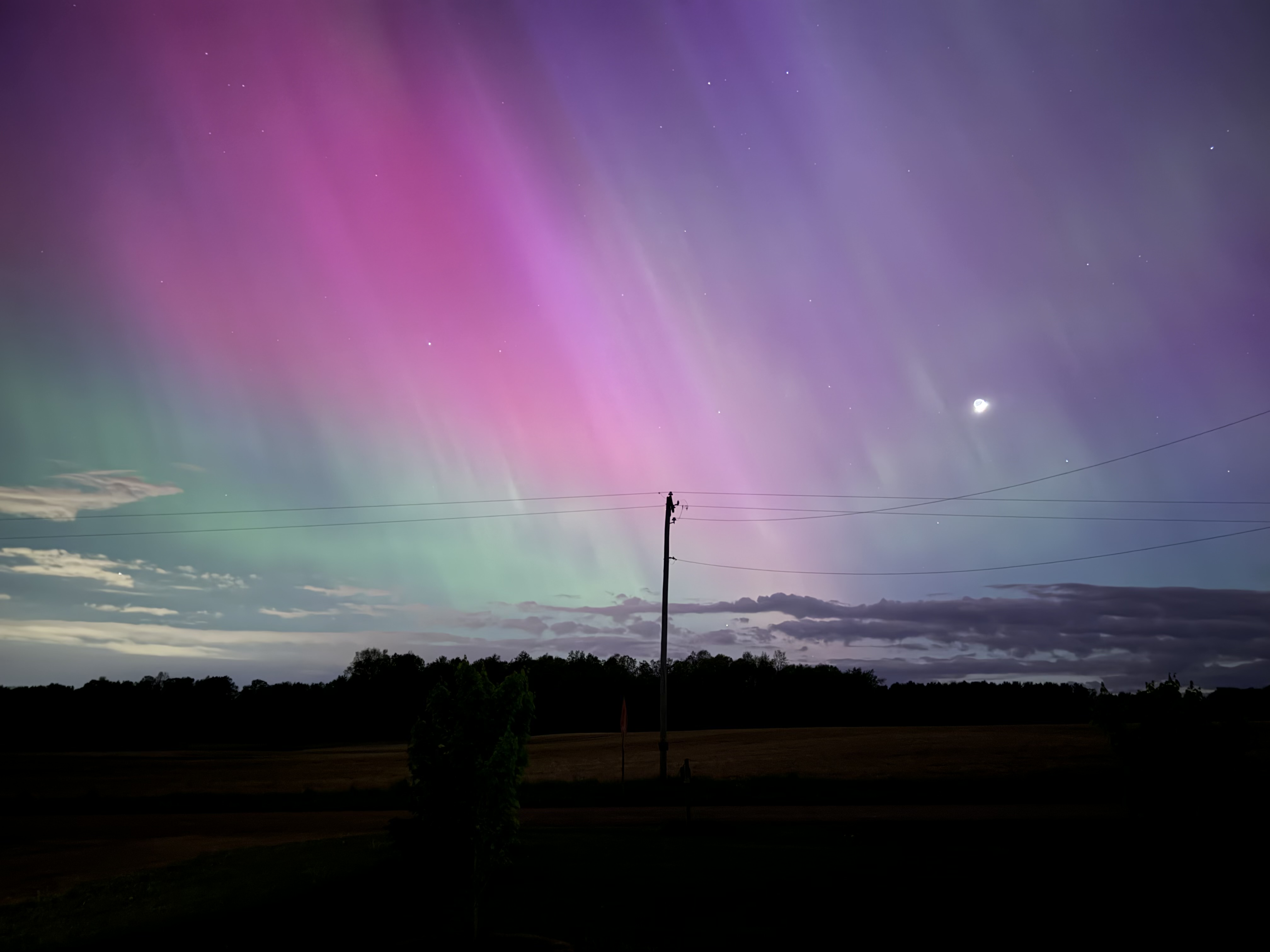


Paula Carrick grew up on Waishkey Bay. She remembers bathing, swimming and having fun, but also gathering native freshwater clams or mussels for her grandfather.
“I was probably 5, 6 years old it’s my earliest memory of gathering clams,” says Carrick. “My grandfather on my dad’s side, William Kerr, would pay us to go get him a bucket of clams. And he would give us a nickel a bucket of clams and then we would go to the store and buy candy.”
Gathering is historically significant in many cultures. Carrick, a Bay Mills Indian Community tribal member, says its important to pass down the history of gathering.
The history of native freshwater mussels goes beyond gathering. These mussels were also used to make buttons in Michigan, and used for tools and making pottery.
“One of the things that our ancestors did was take those clamshells and they would crush it into fine powder and use it as a filler in the clay for the pottery,” says Carrick.
Forty-three species of native freshwater mussels exist in Michigan, but up to 75 percent of them are endangered or threatened.
Dr. Daelyn Woolnough, Associate Research Professor at Central Michigan University’s Biology Department, focuses her research on native freshwater mussels in Michigan’s rivers and streams. She says mussels are found throughout Michigan rivers but are declining throughout their range.
The native freshwater mussels act as a wastewater treatment plant for the waterways. If they aren’t thriving, neither will the river.
Dr. Woolnough’s lab will start a two year project in May with the Saginaw Chippewa Indian Tribe and CMU algae researchers to collect samples from the Chippewa River.
“We’re going to be looking at what we could do. once we figure out what the contaminants are and what parts of the river is, what kind of policy we can enact, or work with the tribe, for some decisions for how we could help the river,” says Woolnough.
To protect the native freshwater mussels, it’s important to understand how they are at risk and how they adapt to their environment.
Dr. David Zanatta, Professor of Biology at Central Michigan University, is a conservation geneticist and studies the patterns of freshwater mussels and how they relate to their environment.
“A species that’s doing well is going to have a lot of genetic diversity, which allows it to react and changes in the environment,” says Dr. Zanatta. “So if a species loses a lot of genetic diversity, it doesn’t have the ability to react to those changes.”
Most of the native freshwater mussel diversity in North America is in southeast America. The Michigan species are hardy having been able to survive harsh winters. But they can’t survive the invasive zebra mussels.
The zebra mussel arrived in the Great Lakes 30 years ago through transoceanic freighters, primarily in the areas of Lake Erie and Lake St. Clair. Now, they are all along the Great Lakes and beyond.
“They do tremendous amount of economic damage to fisheries,” says Dr. Zanatta. “They also do a lot of ecological damage in terms of they’ve destroyed the native mussel diversity in the Great Lakes proper. So there are very few places in the Great Lakes like Lake Erie, Lake St Clair, Lake Huron, where native mussels are still found the most. Most of them are still found in rivers, whereas even quagga mussels don’t do quite as well. But they are a major threat and have caused massive declines of native mussels in the state.”
The zebra mussels smother the native freshwater mussels preventing them from breathing, feeding or reproducing.
Understanding how the mussels react in each environment through their genetics can help with conservation efforts to recover the populations.
“Ideally, you’re going to have a reintroduced population that’s going to mimic the natural diversity of a population, and that information is going to be used for hatchery purposes for growing new mussels and then perhaps restoring or augmenting those populations through hatchery raised individuals,” says Dr. Zanatta.
Zanatta says it’s important to recognize the diversity of organisms such as mussels. A lot of species, and waterways, are dependent on the smaller organisms.
“Sometimes you just need to look below the surface to see some of these. And at CMU, we’re exposing students to a lot of this exciting information and training students should be the future stewards of of conservation for the state and maintaining that biodiversity legacy for the future,” says Dr. Zanatta.


© 2023 - 910 Media Group


